Climate science
-
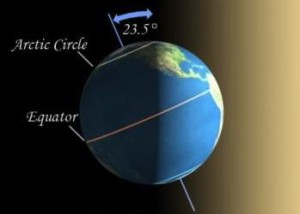
Today marks the winter solstice, when we experience the shortest day of the year. This is because of the tilt of the earth’s axis of rotation relative to our orbit around the sun. So if you celebrate the winter astronomically, then today is the first day of winter. If you are a climatologist like me,…
-

Changes in temperature in the Southeast over the last 100 years or so have been relatively small, especially compared to other parts of the US and the world. That has led to what we call a “warming hole” in the Southeast that gives people here the impression that global temperatures are not increasing, even though…
-
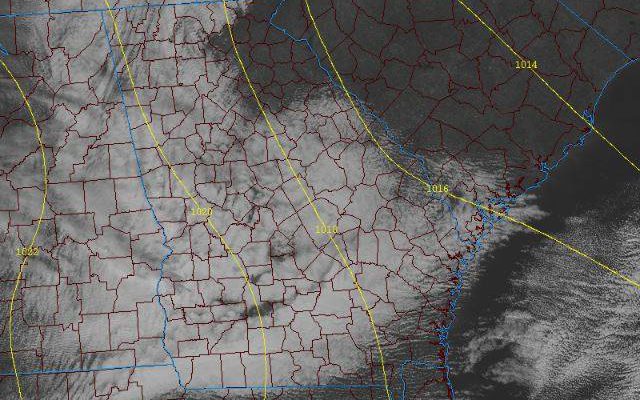
Did you know that the Appalachian Mountains can affect weather and climate a long distance away from where they are? The cold air damming that we call “The Wedge” is one way that it affects local conditions here in Athens GA and in places as far away as Birmingham. Downslope winds when the atmosphere is…
-
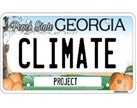
This week’s question from the Georgia Climate Project’s Roadmap looks at the need for research to identify how different strategies for reducing the emission of greenhouse gases will affect different constituent groups. There are trade-offs in benefits or costs for different groups, since any particular action could be good for some groups while costing others.…
Posted in: Climate science -
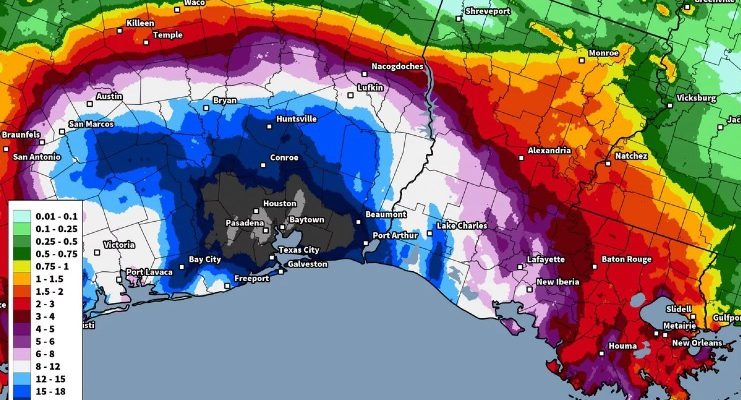
A recent article by Dr. Jeff Masters of Weather Underground highlights the recent high-volume rain events that have hit the US, including Hurricane Harvey in 2017, Hurricane Florence in 2018, and a rainstorm in March 2016 in Louisiana. Masters points out that these three rain events are the three highest rain volume events in US…
-
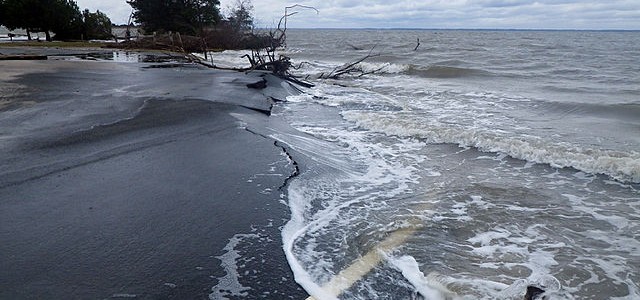
The recent NCA4 report that was released on Black Friday has elicited a lot of thought from local and regional governments. They are trying to determine how their own climates are changing and trying to determine what to do about those changes, if anything. This 20-minute story from North Carolina Public Radio discusses the changes…
-
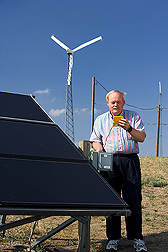
This week’s research question from the Georgia Climate Project Roadmap asks policy-makers what steps we can take right now to implement the mitigation of climate change and to adapt to changes that are already occurring. If we can get started on some of these solutions now, it will pay off down the road in making…